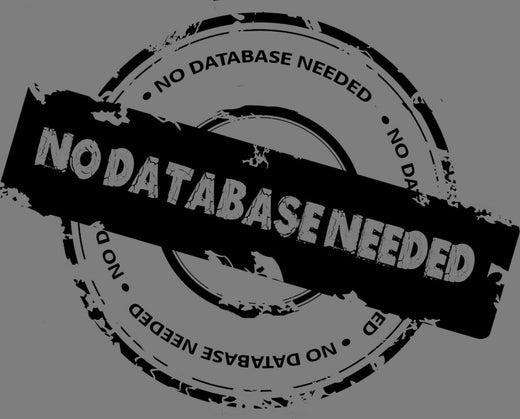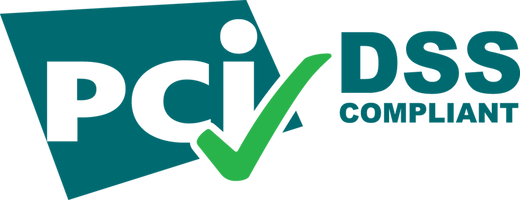
What is a "No Database" POS and why does it matter?
Retailers that innovate in the art and science of learning retail will have better business outcomes than those that try to learn the art and science of innovative tech. Put another way, it is better to stop dumping resources and money into trying to be a tech firm and focus on your shopper connections versus custom technology connections (integration).
POS solutions fall in to two main architectural categories.
A "Database" POS has its own database in a closed and proprietary platform. Generally, these POS solutions work just fine until you start to scale your business and the complexities and risks of integration arise.
A "No Database" POS describes a simple sophisticated POS solution that uses the power of an underlying world-class business platform to store settings, customer data, products and transactions. This eliminates expensive and risky integration efforts.
Mid-market retailers, due to sheer volume and complexity, are run by ERP-type solutions such as NetSuite or Salesforce. "Database" driven POS solutions flounder because they never map well to the ERP in terms of data structures or functionality. At best, the data is moved in one direction (requiring a lot of manual updating). At worst manual exports and imports are performed (which never ends well).
A "No Database" approach is obviously the better option in almost every situation. This means the POS is controlled entirely by the underlaying platform and therefore integration to such becomes a non-issue. In other words, the POS becomes an extension of the platform. Combining this approach, with a unique caching mechanism means that speed and simplicity is never compromised.
The bottom-line is that "No Database" POS solutions are the way forward and SuitePOS is a fine example of one.


